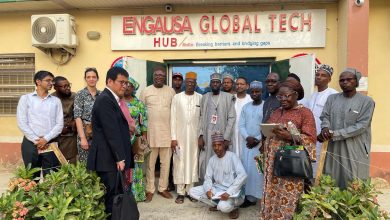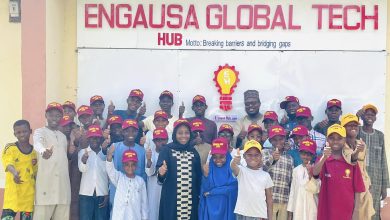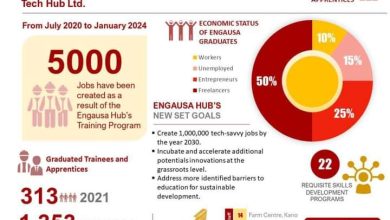Revolutionizing the Hiring Process: The Power of Asking Questions in Interviews

Hiring exceptional talent is not just an art; it’s a strategic necessity that can define the success of an organization. The impact of superior talent on business performance is staggering, with studies indicating that top-notch professionals can be up to eight times more productive. However, traditional interview methods often fall short in evaluating a candidate’s critical thinking skills, a vital trait for thriving in today’s complex work environment.
The Challenge of Traditional Interviews: Unveiling the Gap in Assessing Critical Thinking
Typical job interviews often revolve around common questions, providing limited insights into a candidate’s ability to think critically. The ability to critically assess information, construct sound arguments, and identify flaws or inconsistencies in a situation is paramount, yet these skills are frequently overlooked during the interview process. While scenario-based questions have introduced a step in the right direction, they still lack depth in evaluating a candidate’s curiosity, passion, and alignment with a company’s values.
The Solution: Flipping the Interview Dynamic
A groundbreaking approach to interviews involves flipping the script entirely, employing a method reminiscent of Socratic questioning. The “Flip Interview” shifts the focus from answers to questions, allowing candidates to drive the conversation. In this method, the candidate takes charge, employing four types of questions of increasing complexity: factual, convergent, divergent, and evaluative.
The Four-Step Process of the Flip Interview
Framing: Present a scenario and invite the candidate to initiate the discovery process. This step assesses the candidate’s ability to delve into the essence of the situation, demonstrating their problem-finding skills.
Linking: Encourage the candidate to contextualize the scenario by asking questions about relevant information, demonstrating their ability to triangulate information and assess situations over time and relative to market trends.
Interpretation: Based on the scenario and additional information, gauge the candidate’s ability to formulate a narrative. This step evaluates their capacity to synthesize diverse information to gain a deeper understanding.
Proceed: Ask about the immediate next steps the candidate would take, assessing their problem-solving approach, curiosity, and adaptability.
The Impact of Curiosity in the Workplace
Curiosity, often neglected in traditional hiring processes, is a driving force for innovation and problem-solving. Cultivating a culture of curiosity starts with the hiring process, ensuring that candidates are not just knowledgeable but inquisitive and open to exploring new ideas. The flip interview method not only evaluates critical thinking but also identifies individuals who possess innate curiosity, a trait closely associated with qualities like active listening, self-driven initiative, and high productivity.
Embracing a Curious Culture: Shaping Successful Teams
Incorporating the flip interview into the hiring process enables organizations to identify candidates who not only provide solutions but also challenge norms and explore uncharted territories. Embracing a curious culture empowers teams to ask vital questions, fostering a dynamic environment where challenges become opportunities. Leaders must recognize that a team of inquisitive minds can drive creativity, customer engagement, and strategic adaptability.
Conclusion: The Curiosity Advantage
In an age where reactivity, insight, and ingenuity are essential, hiring individuals capable of asking thoughtful questions is paramount. The flip interview model stands as a beacon for identifying candidates who possess critical thinking skills, passion for learning, and the curiosity needed to navigate the complexities of the modern business landscape. By embracing and nurturing a culture of curiosity, organizations can unlock the full potential of their teams, transforming challenges into stepping stones toward innovation and growth.




